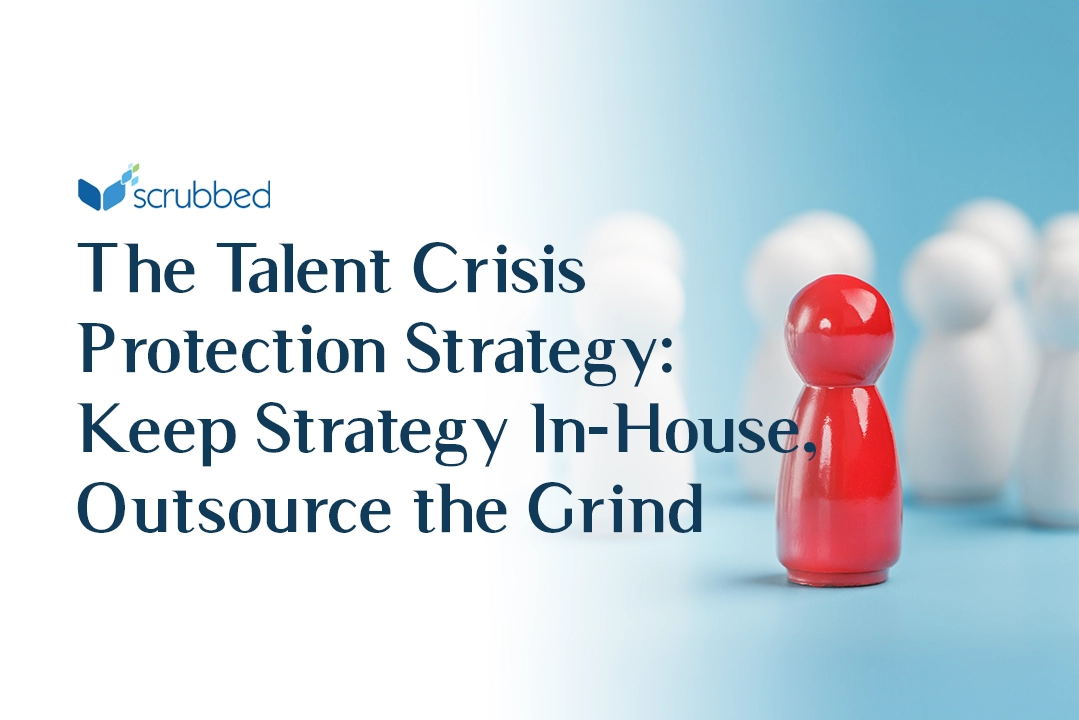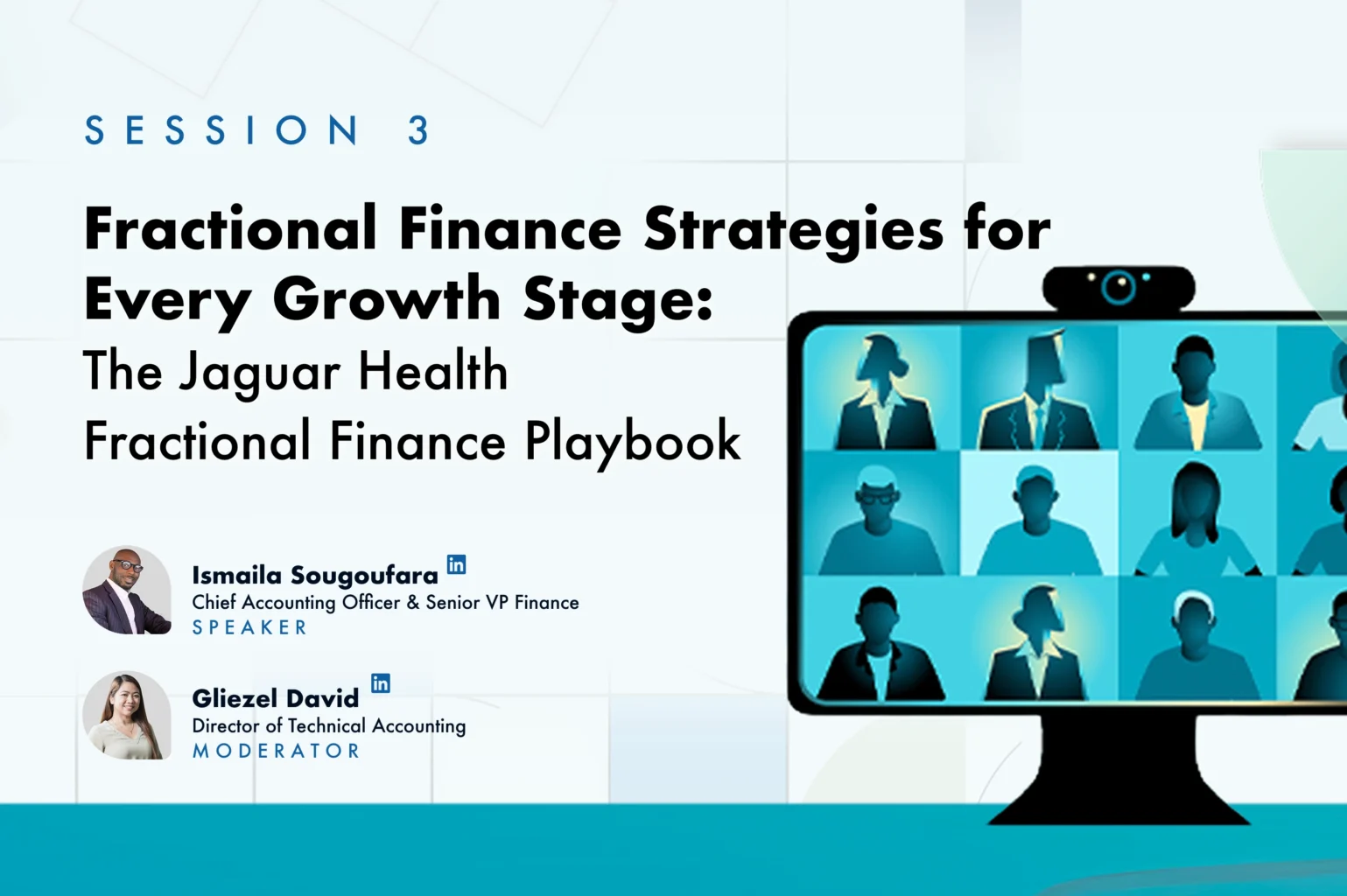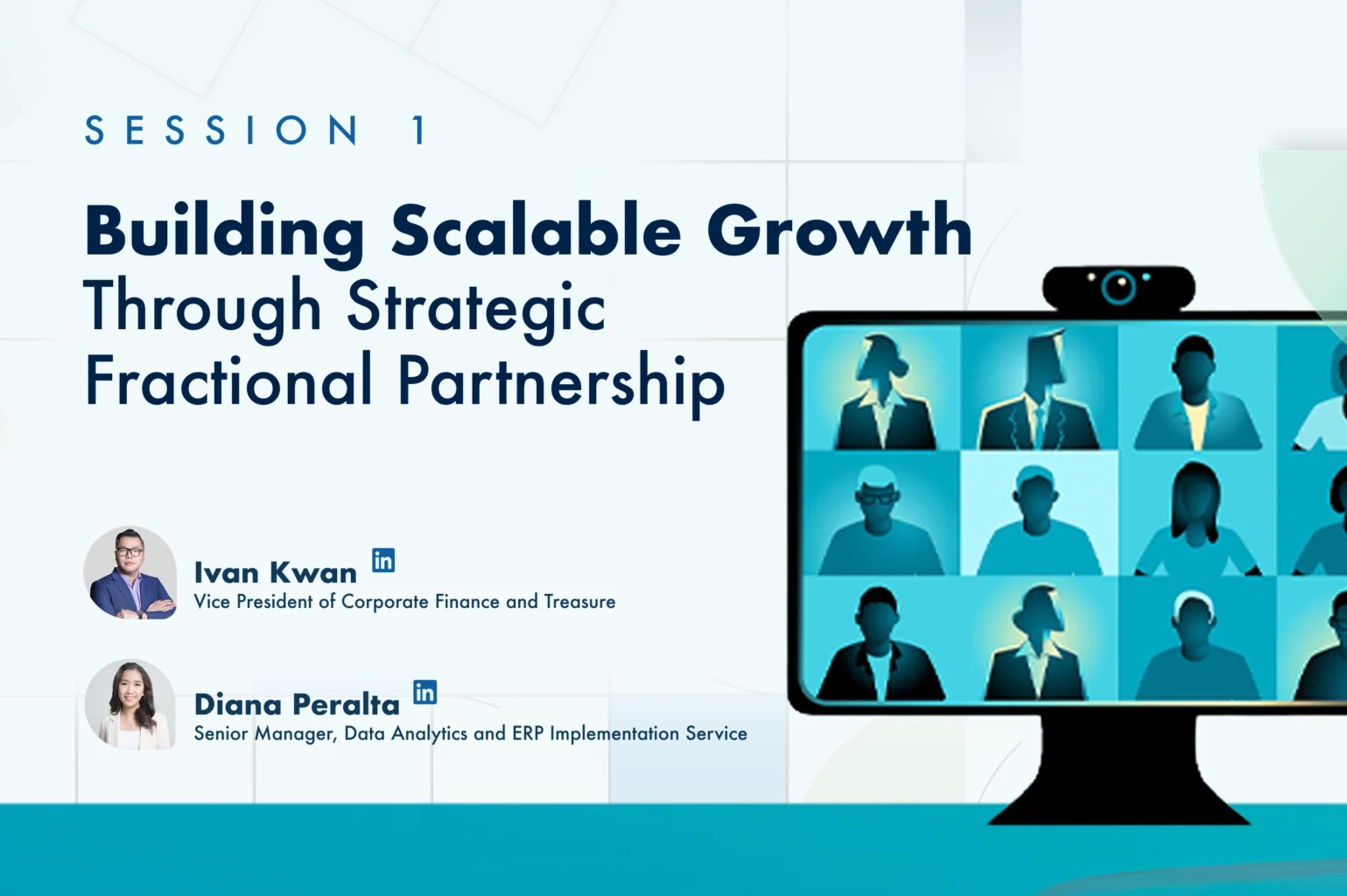The biotech and life sciences industries are at the forefront of innovation, driving advancements in medicine, technology, and research. However, with these advancements come complex tax considerations that can significantly impact a company’s bottom line. In this blog post, we’ll highlight the key tax considerations, recent updates, and emerging trends biotech and life sciences companies should be aware of to optimize their financial strategies and maintain compliance.
Key Tax Considerations for R&D in Biotech & Life Sciences
In the biotech and life sciences sectors, Research and Development (R&D) in the biotech and life sciences industries means systematic investigation to advance science and improve or create better processes and products. R&D encompasses the development of novel medications, medical devices, therapies, and advanced research techniques.
Tax Credits
The R&D process often requires companies to make a substantial investment in laboratory research, clinical trials, regulatory compliance, and advanced technology. The U.S. tax code offers R&D tax credits to incentivize these activities, which provide a dollar-for-dollar reduction of the business’s income tax liability. However, claiming these credits involves meeting strict criteria:
- Qualified R&D Activities: To claim the R&D Tax Credit, activities must pass the “4-part test” under Section 41of the Internal Revenue Code (IRC):
- Section 174 Test
The expenditure must be incurred in connection with the taxpayer’s trade or business and must represent a research or experimental cost in the experimental or laboratory sense to qualify as a research expenditure under IRC Section 174. The activities must be intended to eliminate uncertainty concerning the development or improvement of a product. Uncertainty exists if the information available does not establish the capability or method for developing or improving the product. - Discovering Technological Information Test
This test considers the technological basis for the R&D: Research must rely on principles of physical or biological sciences, engineering, or computer science, making it highly relevant for biotech and life sciences companies engaged in cutting-edge research. - Business Component Test:
This test considers the application of the R&D. The information must be used to develop or improve a business component, such as a product, process, software, technique, formula, or invention, intended for sale, lease, or use in the business. This aligns well with biotech companies aiming to bring innovative products to market. At Scrubbed, our biotech accounting services help ensure that companies in this sector properly account for R&D activities and tax credits while staying compliant with evolving regulatory and financial reporting requirements. - Process of Experimentation Test
This test examines whether the required component of experimentation Qualifying activities must involve a process designed to evaluate alternatives to achieve a desired result where the method or capability is uncertain at the start, reflecting the iterative nature of biotech research.
- Qualified R&D Expenses: Understanding qualified research expenses under IRC Section 41 is crucial for maximizing your R&D tax credits. Qualifying expenses are divided into in-house research expenses and contract research expenses:
In-House Research Expenses:
- Wages: Wages paid for qualified services include:
- Engaging in Research: Employees directly involved in conducting research activities.
- Direct Supervision: Supervisors overseeing research projects.
- Support of Research Activities: Employees providing essential support to the research process, such as lab technicians and data analysts.
- Supplies: Costs for non-depreciable tangible property used in performing qualified research. Examples include:
- Laboratory supplies like reagents, petri dishes, and pipettes.
- Materials used in experiments and tests that are directly related to R&D activities.
- Computer Rentals: Expenses paid for the right to use computers in qualified research. Relevant for biotech companies using specialized software and hardware for data analysis, simulations, and modeling.
- Wages: Wages paid for qualified services include:
Contract Research Expenses: 65% of any expenses paid to non-employees for qualified research activities can be included. This includes payments to:
- Research Institutions: Collaborations with universities or research centers for specialized studies.
- Contract Research Organizations (CROs): Outsourcing specific research tasks or clinical trials to third-party organizations.
- Consultants and Experts: Engaging specialists for specific expertise or project phases.
Maintaining Documentation for Qualified R&D Expenses
Detailed and accurate documentation is crucial in the biotech and life sciences industry, where complex and specialized research activities are common. Under Treasury Regulation 1.41-4(d), it’s essential to maintain thorough records to substantiate the eligibility of expenses claimed for the R&D tax credit. Here are some ways to effectively document your qualified R&D expenses:
Wages
- Payroll Records: Ensure payroll records are detailed, showing salaries paid to employees involved in qualified R&D activities.
- Timesheets: Maintain timesheets or electronic records capturing employees’ hours on R&D projects.
- Job Descriptions: Document job descriptions that clearly outline roles and responsibilities related to research activities, including roles in direct research, supervision, and support.
Supplies
- Invoices: Keep invoices for all supplies purchased, ensuring they are itemized and traceable to specific research activities.
- Purchase Orders: Maintain purchase orders that link supply acquisitions to specific R&D projects or experiments.
- Receipts: Collect and retain receipts that verify the purchase of non-depreciable tangible property used directly in research activities.
Computer Rentals/Leases
- Lease Agreements: Retain lease agreements or rental contracts that specify the terms and conditions for using computers and related equipment.
- Invoices: Keep invoices for rental or lease payments, ensuring they indicate that the equipment was used for R&D.
- Usage Records: Document how the rented or leased computers were used in the research process, including any specialized software or hardware utilized.
Contract Research
- Contracts: Secure contracts with third-party organizations or individuals that detail the scope and nature of the research work performed.
- Invoices: Maintain invoices from contractors or research institutions, making sure they align with the agreed-upon work and are linked to specific research activities.
- Correspondence: Keep correspondence (emails, letters, etc.) that outlines the research tasks performed, milestones achieved, and any deliverables related to the contract work.
Establishing and sticking to robust documentation practices can help your biotech or life sciences company ensure you fully capture and substantiate qualified R&D expenses, maximizing your eligibility for tax credits.
Tax Treatment of R&D Costs
Traditionally, R&D costs h have been immediately deducted, amortized, or capitalized. Recent changes, however, have changed how these expenses are to be treated:
- Pre-2022 Tax Treatment
Before 2022, taxpayers in the biotech and life sciences industries could choose to immediately deduct research and experimental (R&E) expenses, amortize them over at least 60 months, or capitalize them as part of related property. Most companies opted for immediate expensing, which allowed for a reduction in taxable income in the year the expenses were incurred. This approach was particularly advantageous for biotech firms with substantial R&D expenditures. - Post-2021 Changes
Starting in 2022, amendments to IRC Section 174, as part of the Tax Cuts and Jobs Act, mandate significant changes in the treatment of R&D expenses. Specifically: - Capitalization and Amortization: Taxpayers must now capitalize and amortize R&E expenditures over five years for domestic expenses and 15 years for foreign expenses. The immediate deduction of R&D costs is no longer permitted. This shift affects biotech and life sciences companies that have historically relied on immediate expensing to manage cash flow and tax liabilities.
- Software Development Costs: Costs related to software development incurred after 2021 are now classified as R&D expenses, eliminating the special treatment that previously applied. These costs must also be amortized over five years (or 15 years for foreign software development) and include activities such as planning, designing, modeling, testing, and code conversion.
Challenges Posed by Recent Tax Updates
These recent updates raise several tax challenges for biotech and life sciences. The most pressing include:
- Tracking and Documentation: With different amortization periods for domestic and foreign R&D expenditures, it’s essential that your company implements robust tracking systems to accurately separate and amortize expenses by location. We recommend strengthening your record-keeping practices and consulting tax professionals to ensure compliance.
- Increased Challenges for Foreign R&D Activities: Historically, R&D tax credits have been available only for domestic research activities, meaning that foreign research efforts do not qualify. Recent tax changes mandate that deductions for foreign R&D be amortized over a significantly longer period—15 years compared to 5 years for domestic R&D. This extended deferral strains financial resources and impacts the global competitiveness of biotech companies engaged in international research. If your biotech or life sciences company is heavily involved in foreign R&D activities, the recent changes to IRC Section 174 have created a negative impact.
- Calculation and Payment of Estimated Taxes: Companies relying on immediate R&D deductions may face cash flow issues and higher tax liabilities because of the deferral of deductions. We advise affected firms to adjust their estimated tax payments, both federal and state, to account for the new amortization requirements. Acting proactively can mitigate the risk of penalties for underpayment and help you maintain compliance with the revised regulations.
- Federal and State Tax Differences on Recent R&D Changes: The modification of IRC Section 174 now requires the amortization of R&D expenses over 5 years (15 years for foreign R&D), affecting how these costs are treated for federal tax purposes. However, some states do not conform directly to these changes and may have different rules for R&D expense treatment at the state level.
- Tracking and Compliance Efforts: These discrepancies between federal and state tax treatments can create challenges, particularly for taxpayers who engage in R&D activities and file state tax returns across multiple states. Navigating the varied rules and requirements across different jurisdictions can be complex and burdensome, requiring careful tracking and compliance efforts.
- Divergence Between Book and Tax Treatment: The shift from immediate expensing under GAAP to capitalizing and amortizing R&D expenses for tax purposes creates a divergence between financial reporting and tax reporting. To reconcile these differences, biotech companies must prepare detailed documentation, including classification and amortization schedules. We recommend engaging tax professionals to help your firm address this disparity and ensure accurate reporting.
- Change in Accounting Method: The transition to the new amortization periods is considered a change in accounting method initiated by the taxpayer, with IRS consent. No formal accounting method change or Section 481(a) adjustment is required. This adjustment applies on a cut-off basis to R&D expenditures incurred in tax years beginning after December 31, 2021. Due to the complexity of these changes, consulting with tax professionals is crucial to ensure compliance and address any issues that may arise.
Staying informed about these regulatory changes and working with tax experts can help your firm navigate the complexities, optimize your tax strategies, and ensure compliance with updated tax rules. But, as always, there is change on the horizon, and we anticipate some additional changes that will affect biotech and life sciences companies.
Emerging tax policy trends to watch
Looking ahead, several emerging trends in tax policy could significantly impact the industry. Key areas to watch include:
- Section 174 Proposals: Several bills have been introduced to address the adverse effects of the recent changes to IRC Section 174. These proposals aim to either fully repeal the recent changes—such as restoring the ability to immediately expense R&D costs—or to modify the amortization requirements to better support businesses, especially in high R&D sectors like biotech and life science.
- Expansion of R&D Incentives: Other legislative proposals focus on expanding R&D incentives. These include enhancements to the R&D tax credit and programs designed to foster biotechnology and life sciences innovation. Specifically targeting the biotech sector, these proposals seek to provide additional tax credits and funding for R&D activities, including incentives for clinical trials and early-stage biotech research.
- ESG Tax Incentives: There have been discussions and proposals around tax incentives to promote Environmental, Social, and Governance (ESG) initiatives, including for biotech companies. These proposals generally seek to provide tax benefits or credits for companies implementing ESG practices, such as sustainable operations, responsible sourcing, or social impact projects.
- Digital and Biotech Integration: With the increasing integration of digital technologies with biotech through developments in data analytics and digital health solutions, tax policies may evolve to address these new areas. Potential incentives could support digital health innovation and related advancements.
Conclusion
The tax landscape for the biotech and life sciences industry is still evolving, creating opportunities and obstacles. Keeping up to date with developments and working with tax experts are essential to optimizing your company’s tax approach, minimizing obligations, and fostering innovation in the field.
How Scrubbed Can Help
At Scrubbed, we have specialized knowledge and experience helping biotech companies with the accounting and financial services they need to run efficiently and meet the compliance requirements specific to your industry. We offer expertise in taxation, financial modeling, budgeting, forecasting, fractional CFO services, and technical accounting compliance, critical for both public and pre-IPO companies.
Ready to learn more?
Contact Scrubbed today for a consultation or take a look at our Tax and Accounting Services for Life Sciences and Biotechnology companies. Together, we can help your company thrive in this dynamic market.








